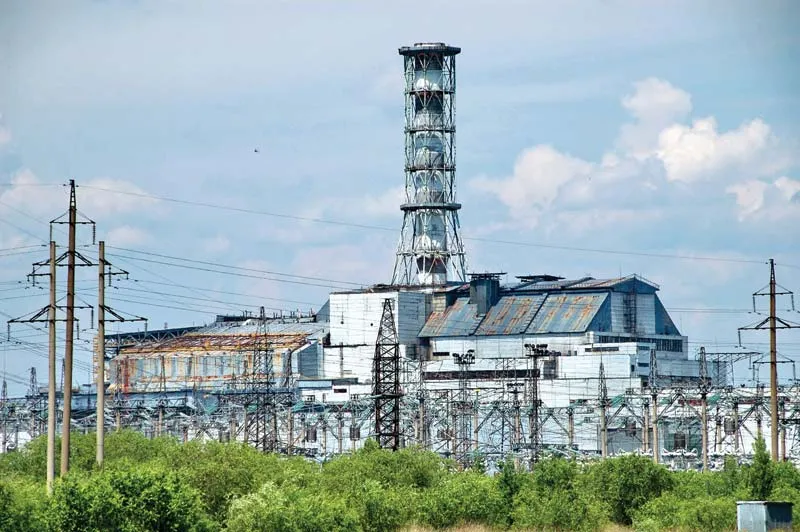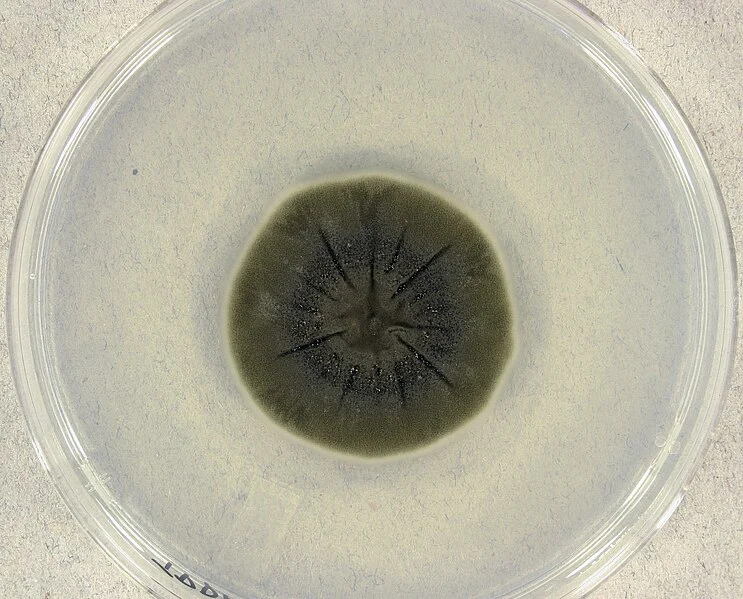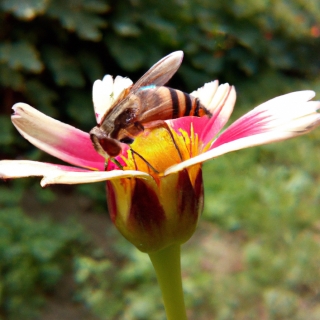
Radiotropic Fungi: Radiosynthesis & Insights into Chernobyl Ecosystem
In 1986, the Chernobyl nuclear disaster1 sent shockwaves around the world, not just in terms of its immediate human toll, but also in the long-lasting impact it had on the environment. The explosion released massive amounts of radiation into the atmosphere, creating a zone around Chernobyl where life as we know it was drastically altered. Yet, some life forms have survived and thrived in this seemingly inhospitable environment. Among them are certain types of fungi that have developed a remarkable ability known as radiosynthesis. This process allows them to harness radiation and use it as an energy source, shedding light on the incredible adaptability of life.

Read More:
Radiotropic Fungi in Chernobyl’s Ecosystem
The Chernobyl Exclusion Zone, a 30-kilometer area around the site of the nuclear disaster, is still highly radioactive decades later. While most life cannot survive there, some fungi thrive in this harsh environment, usually black or dark-colored. These fungi have adapted to use the radiation around them uniquely.
Radiotrophic fungi are special because they use radiation as an energy source through radiosynthesis. Instead of depending on sunlight like most other living things, these fungi may use the energy from radiation to support their growth.
A key factor in their survival is a pigment called melanin, also found in human skin and hair. Melanin helps these fungi capture and use radiation energy.

Fungi species such as Cladosporium sphaerospermum, Wangiella dermatitidis, and Cryptococcus neoformans have been found growing on the walls of the Chernobyl reactor in areas with very high radiation levels.
Radiotrophic fungi might play a key role in helping to clean up the Chernobyl Exclusion Zone by absorbing harmful radiation and potentially slowing its spread 2. By using radiation as an energy source through radiosynthesis, these fungi could help stabilize the environment and contribute to the slow but gradual decontamination of the area. Their unique ability to thrive in such radioactive conditions makes them important in breaking down radioactive materials and possibly restoring ecosystems impacted by the Chernobyl disaster.

What is Radiosynthesis?
To understand radiosynthesis, let’s first draw a parallel with something more familiar: photosynthesis. Plants use sunlight to produce energy, a process called photosynthesis. Radiosynthesis is somewhat similar, but certain fungi use radiation like beta or gamma rays instead of sunlight. This ability allows them to grow and sustain themselves in environments where radiation levels would be lethal to most other organisms.
Radiosynthesis is the theorized capture and metabolism, by living organisms, of energy from ionizing radiation, analogously to photosynthesis. Metabolism of ionizing radiation was theorized as early as 1956 by the Russian microbiologist S. I. Kuznetsov. — Wikipedia
Imagine a world where life feeds on the very radiation that typically destroys it—this is what radiosynthesis enables. For these fungi, radiation is not a threat, but a source of energy.
Mechanism of Radiosynthesis
So how exactly does radiosynthesis work? The key lies in the fungi’s pigmentation, specifically a dark pigment called melanin. This pigment, found in high concentrations in these fungi, plays a role similar to chlorophyll in plants.
Here’s how the process works:
- Radiation Absorption: The fungi absorb ionizing radiation, the high-energy radiation present in the Chernobyl environment.
- Energy Conversion: Melanin in the fungi converts this radiation into chemical energy. This conversion process is complex and still not fully understood, but it allows the fungi to harness the energy from radiation.
- Biological Utilization: The fungi use this energy to fuel their growth and metabolic processes, essentially ‘feeding’ off the radiation.
This mechanism is a remarkable adaptation, allowing these fungi to turn a deadly environmental factor into a beneficial one.
Insights and Research Findings
Studying these fungi offers insights into how life can adapt to extreme conditions. Researchers have found that the growth of these fungi is enhanced in the presence of radiation. This suggests that radiosynthesis is not just a survival mechanism but an active form of energy utilization.
Some key findings include:
- Enhanced Growth: Fungi with more melanin grow faster in high-radiation environments.
- Adaptation: These fungi have evolved mechanisms to repair radiation-induced DNA damage, further aiding their survival.
- Potential Applications: These fungi’s unique properties have potential applications in bioremediation, using living organisms to clean up polluted environments. For instance, these fungi could be used to decontaminate radioactive waste sites.
Implications and Future Directions
The implications of radiosynthesis extend beyond Chernobyl. Understanding how these fungi harness radiation could lead to advancements in several fields:
- Biotechnology: By mimicking or harnessing radiosynthesis, we could develop new materials resistant to radiation or absorb it for beneficial uses.
- Medicine: Radiosynthesis insights could inform treatments for radiation exposure or the development of drugs that protect human cells from radiation.
- Space Exploration: These radiotrophic fungi could potentially be used as shields against radiation during space missions 3.
Conclusion
The discovery of radiosynthesis in fungi within Chernobyl’s radioactive environment is a testament to life’s resilience. These fungi have not only adapted to one of the most extreme environments on Earth but have also turned a harmful force—radiation—into a source of sustenance. As we continue to study these remarkable organisms, we open the door to new possibilities in science and technology, proving once again that life finds a way, even in the most unexpected places.




1 COMMENTS